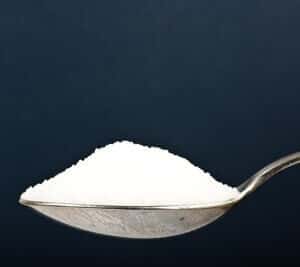
A debate that has been raging for decades over whether sugar or fat is worse for our hearts was largely steered by the sugar industry, according to newly discovered documents. These documents show just how the industry deflected the blame for heart disease onto fat.
Not Very Sweet:
A researcher at the University of California, San Francisco, who found the documents described them in an article in JAMA Internal Medicine. The story is one of academic skullduggery that had a huge influence on food policy.
A trade group called the Sugar Research Foundation paid Harvard nutrition scientists to conduct a review of the research on nutrition and heart disease. The three scientists were paid approximately $6,500 (the equivalent of $50,000 in today’s dollars) for their review article published in the prestigious New England of Medicine in 1967.
Sugar or Fat?
In it, they downplayed research suggesting a link between sugar consumption and heart disease. Instead, they highlighted research putting the blame for heart disease on fat and cholesterol in the diet.
The industry funding was not acknowledged at the time of publication, and the review had a strong influence on public health policy. The authors of that review are now deceased, so they are unable to explain their reasoning. The tactic of casting doubt on research linking sugar consumption and heart disease is reminiscent of the approach used by several other industries, most notably tobacco. (See David Michaels’ book, Doubt Is Their Product, 2008).
JAMA Internal Medicine, Sept. 12, 2016
The Impact of History:
You may be wondering exactly what kind of impact this review might have on current food policy. After all, it happened nearly 50 years ago. Is it more than a historical footnote?
An accompanying commentary by nutrition scientist Marion Nestle, PhD, MPH, points out the importance of understanding this history to current nutrition debates. As she points out, the food industry set out to manipulate research in its favor. The practices used back then have been updated but not discarded. Moreover the policies resulting from fat getting the blame for heart disease are still in place.
What Did You Eat for Breakfast?
Just think about the changes to breakfast between 1967 and 2016. Although cold cereals had become popular by the 1960s, they were not nearly as sugar-laden as today’s versions. And in many households, a “good breakfast” still meant eggs or cooked cereal. Nowadays, people may eat cookies or toaster pastries for breakfast and consider that healthy. It is all adding to Americans’ overall intake of sugar and sweeteners, which reached 32 teaspoonfuls per person per day in 2000 (USDA, Profiling Food Consumption in America). Caloric sweeteners in the diet probably contribute to the obesity epidemic in the US.
For another excellent discussion of this research and its implications, you may want to read Anahad O’Connor’s article in The New York Times.
There are diets that have beneficial effects on heart disease risk factors. These include the DASH diet, which lowers blood pressure, and the Mediterranean diet, which actually lowers the chance of heart attacks and strokes. You can find more information on these dietary patterns in our book, The People’s Pharmacy Quick & Handy Home Remedies.

